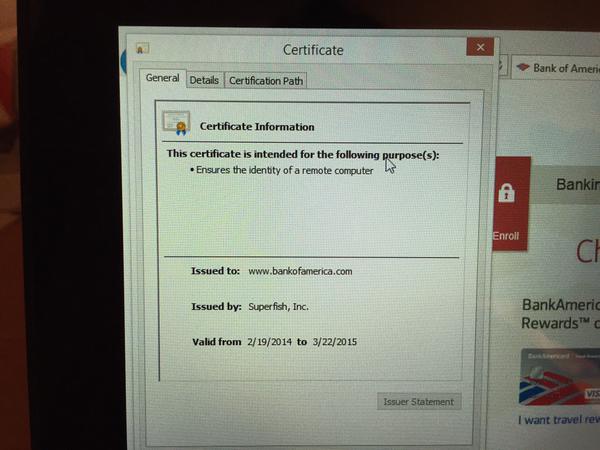Let’s Encrypt was founded in 2012, going public in 2014, with the aim to improve security on the web. The goal was to be achieved by providing free, automated access to SSL and TLS certificates that would allow websites to make the switch over to HTTPS without having to spend any money.

The project has just announced that, come September 1, 2021, some older software will stop trusting their certificates. Let’s look at why this has come to pass, and what it means going forward.
Certificates Expire
When Let’s Encrypt first went public in early 2016, they issued their own root certificate, by the name ISRG Root X1. However, it takes time for companies to include updated root certificates in their software, so until recently, all Let’s Encrypt certificates were cross-signed by an IdenTrust certificate, DST Root X3. This certificate had been around much longer, and was already supported by the vast majority of OSes and browsers in regular use. This allowed Let’s Encrypt to hit the ground running while they waited for the majority of software to support their own root certificate. Continue reading “Let’s Encrypt Will Stop Working For Older Android Devices”

















